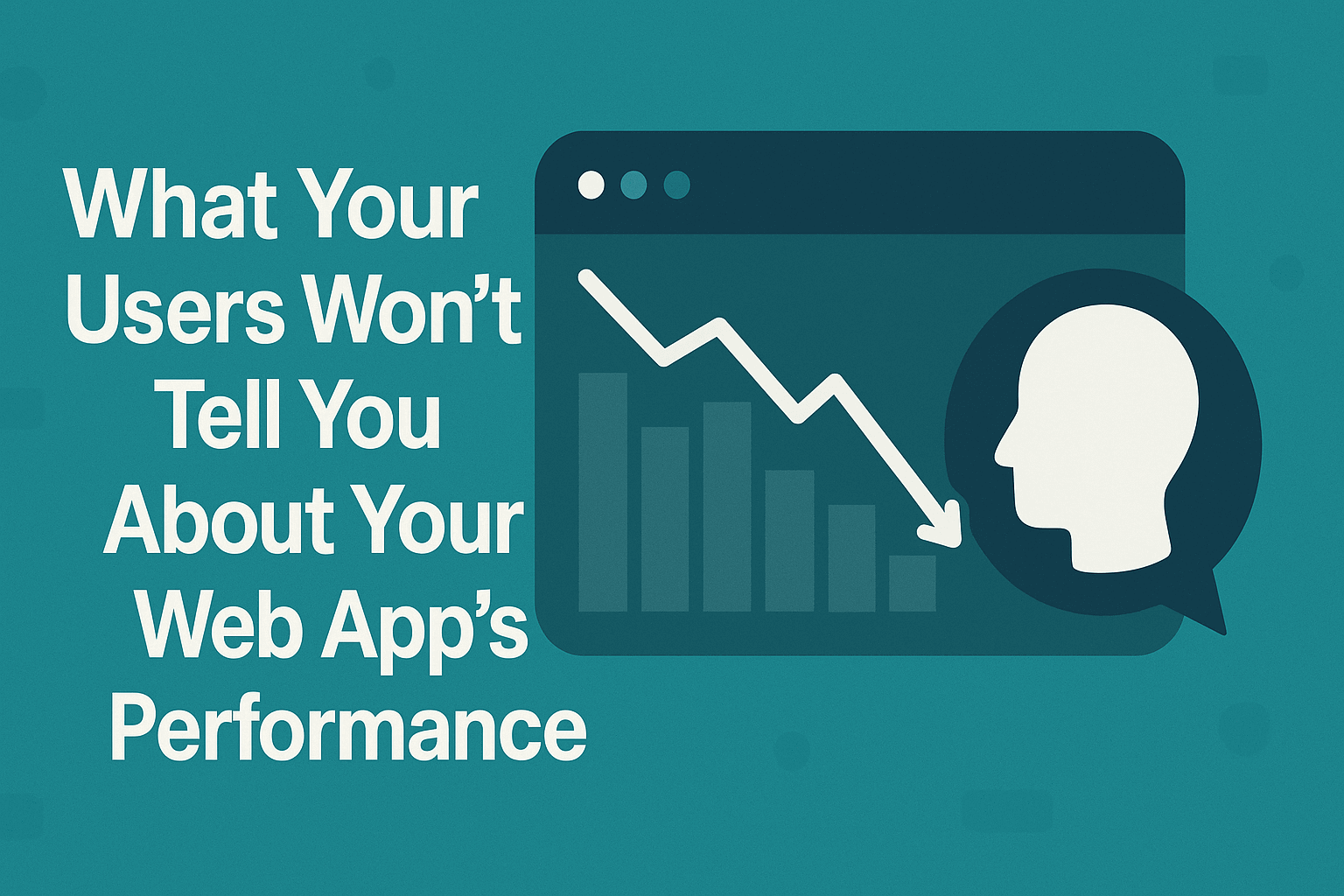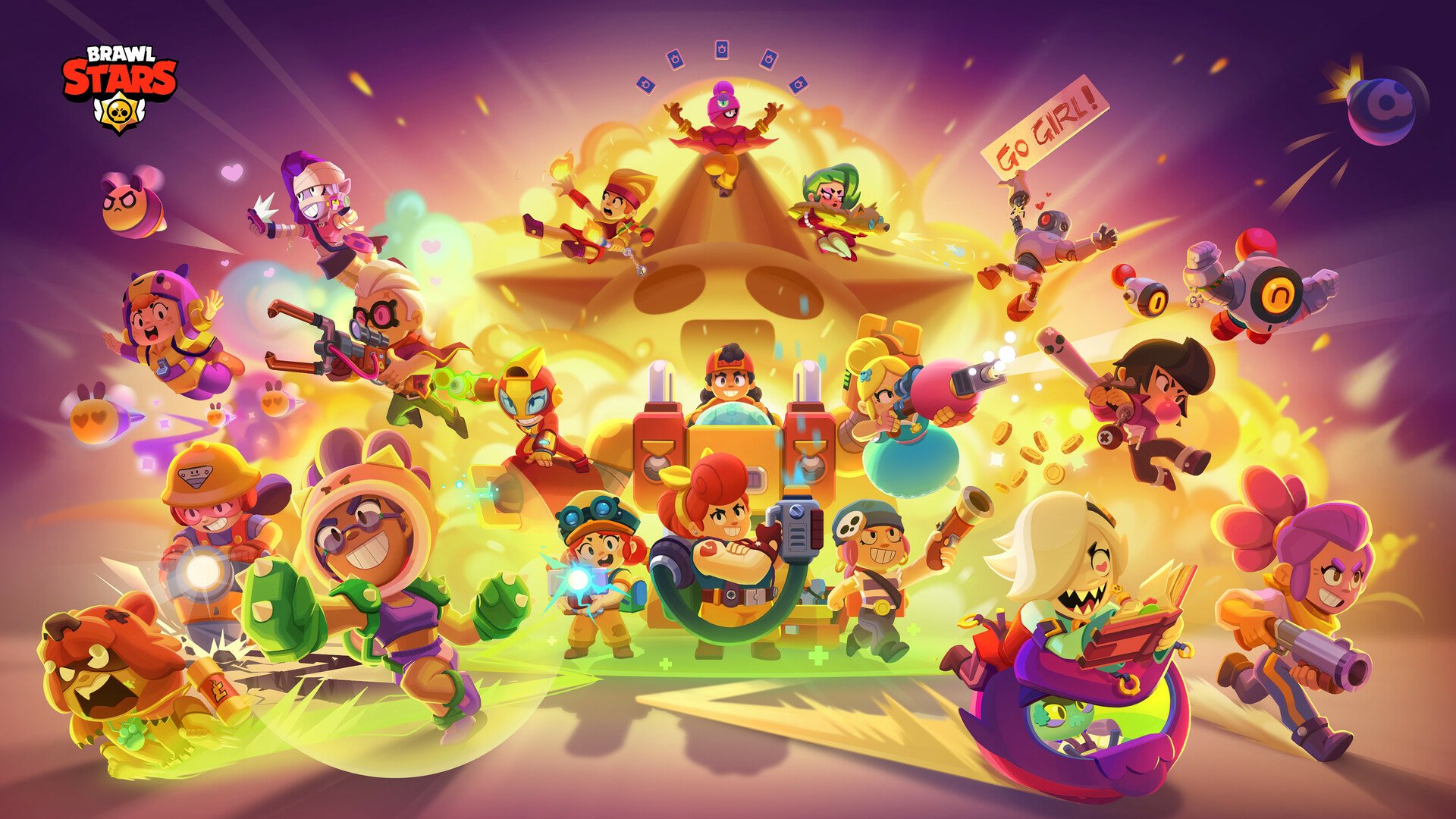Technology touches nearly everything in our lives today. New technology keeps appearing to transform our educational activities, professional work, shopping experiences, and leisure activities. Some apps help us complete our daily tasks, and others suggest what to watch next. Every tech update pushes boundaries across every field. It helps us think differently, build faster, and share ideas in every part of our lives, from learning and entertainment to finance and healthcare.

Contents
New Tools Bring New Ideas
People can create new opportunities simply by selecting the right tools. Like in healthcare. Medical facilities now use advanced platforms that help doctors identify and treat diseases at increased speeds. Teachers use digital classrooms to reach students all over the world and help them learn. Retail owners can use AI predictive systems to anticipate customer shopping patterns, helping them prevent overstocking of inventory.
Then there’s entertainment. The latest casino sites, for example, show how technology allows designers to create safe and creative spaces. These platforms provide users with instant banking, bonuses, and mobile-friendly gaming options that allow them to have fun while participating in transparent games. It just goes to show that progress in one field drives other industries to improve their operational methods.
Helping Creativity in the Workplace
Many organizations have started to understand how modern apps help them improve their established operational methods. Digital tools automate routine tasks, allowing teams to focus their time on creative work and innovative thinking. Cloud platforms allow employees to work together on concepts through real-time collaboration regardless of their physical location. AI allows workers to gain quick results through its support of research activities, design work, and testing operations.
Consider the following:
- Small businesses implement online tools for marketing, analytics, and customer support operations.
- Architects and designers use 3D software to test ideas before construction begins.
- Remote teams quickly share ideas through video calls and online whiteboards.
- Factories use smart sensors to track product quality in real time.
These examples show how technology enhances productivity while enabling people to develop innovative approaches for creation.
Changing How We Communicate and Learn
The way we exchange our ideas and acquire knowledge has also experienced significant changes. Video calls and instant messaging allow people to stay connected even from different countries. Online learning platforms let anyone with an internet connection access good-quality education. Teachers use video content, quizzes, and simulation activities to explain complex subjects in ways that students can understand.
People are encouraged to continue learning throughout their lives. Imagine finally learning Spanish, acing an exam, or sharpening those skills employers look for. Apps give people the power to do all this and more while moving at their own speed.
Encouraging Green Thinking and Smart Living
Smart technology is making a huge difference in how we use energy and care for the planet. A lot of people now use solar panels, electric vehicles, and smart home devices to reduce their waste and make their lives more efficient. As for businesses, they’re finding new ways to recycle materials or track their carbon. Digital systems that give clear, real-time data make all this possible.
Consumers are also thinking more about how their choices affect the world. When we use tech to track our habits or reduce our power use, we’re helping create a cleaner and more sustainable future. In this way, innovation becomes a shared goal between companies and communities.
Building Skills for the Future
Jobs are changing faster than ever, and new skills are always in high demand. Online courses, virtual internships, and AI-driven training programs allow employees to acquire new skills. In sectors such as cybersecurity, coding, and digital design, people who believed employment in technology was inaccessible to them are now welcomed openly.
This change influences just about every sector, including the more traditional, established business model. For instance, farmers now use sensors and data apps to boost their harvests, whereas construction companies are becoming much safer using drones to survey sites. Financial institutions, again, use machine learning to identify and detect fraud. These new systems also allow employees to update and maintain their skill level and competitiveness as technology continues to evolve. Additionally, digital learning strengthens entire industries by creating a workforce that knows how to use technology creatively and responsibly.
Tech as a Bridge Between People and Ideas
Technology connects people who were previously unknown to each other. Social platforms, online forums, and virtual events give creators opportunities to show their work and receive instant feedback, helping them develop their creativity and speed up trend development and idea growth.
Technology has created new connections, linking people across their local neighborhoods. Small shops sell online, artists stream live performances, and new entrepreneurs find investors without leaving home. Every connection builds a network that allows collective development.
Conclusion
Tech gives people the tools to think bigger and act faster, which encourages innovation. It evens the playing field between individuals and large companies, and opens paths to better education, cleaner living, and smarter communication. Each breakthrough shows how creativity and technology move forward together. Curiosity drives people to build, and tech will always be there to help new ideas find their place. The real question is what kind of future we’ll build with the tools we have now.


